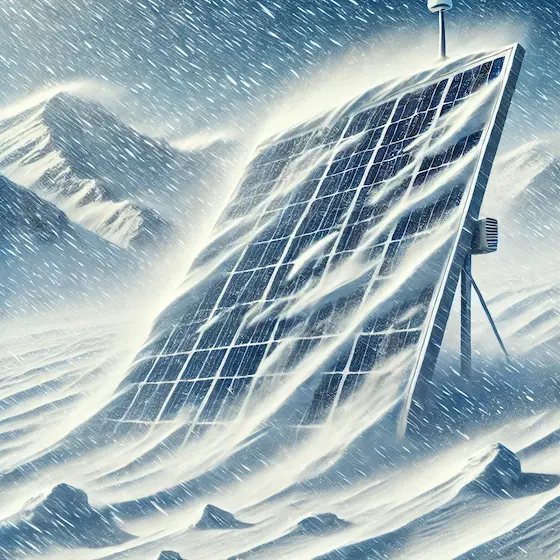A renewable and exchange-based scenario, with solar and hydro build-out leading to winter imports and significant summer exports to neighboring countries
Massive increase hydro power
Hydro power is increased 70% until 2050
Quick ramp-up rooftop PV
More than 3 GW rooftop PV are added annually until 2030, then declining to 900 MW
No Imports
Winter imports disappear as domestic production surges
Decomissioning end 2043
Nuclear plants are run close to 60 years, 2043 is last productive year of Leibstadt plant
Energy Mix Winter
Production
Demand
Production
2025
Total generation 34.5 TWh
2050
Total generation 43.5 TWh
Demand
2025
Total demand 36.4 TWh
2050
Total demand 44 TWh
2050 Winter
Transition Winter
The energy mix as we transition to 2050
Demand
Import
Import atget exceeded
PV
Wind
Hydro
Biomass
Gas
Geothermal
Nuclear
Fossil
2025 Winter
TWh
Demand
36.4
Generation
34.5
Deficit
--
Import 1.9
Import
1.9
Import atget exceeded
--
Generation
34.5
Storage reserve used
--
PV 4.3
PV Roof
4.3
PV Alpine
--
PV Ground
--
Wind
0.2
Hydro 15.9
Run-of-River
6.8
Storage
9.2
Biomass 1
Biomass
1
CCS Biomass
--
Gas 0.1
Market-Gas
0.1
Reserve gas power plants
--
Geothermal
--
Nuclear 12.2
Nuclear
12.2
New nuclear
--
Fossil 0.8
Existing fossil fuel power plants
0.8
CCS Fossil Fuels
--
Hard coal
--
Challenges
Public opinion
A lot more hydro needed (+70%!) - this will strongly test public opinion
Building challenge hydro
The good locations are already taken. Adding hydro plants in this scale is technical challenge.
Build-out speed solar
Build-out speed of solar until 2030 is double the pace of record year 2023. Hard to achieve
High summer surplus
Summer surplus rises from 9 to 39 TWh in 2050. Unlikely that such an amount can be exported.
Additional costs likely
If summer surplus cannot be exported, related revenues will be lost and overall energy bill for Switzerland will rise
How Resilient Is This Scenario? Put It to the Test!
The scenario above assumes normal weather and stable energy imports, but what happens when extreme conditions hit? A harsh winter or import limitations from the EU could impact production, increase demand, and even lead to power shortages. Stress-test your scenario under these challenging conditions and see how it holds up in the face of real-world uncertainties.

Costs
Total Costs, Revenues and Subsidies in CHF until 2050.
Total production costs
301 billion
Accumulated until 2050
Revenues
253 billion
Assuming an average power price of 75 CHF/MWn
Subsidies required
57 billion
Remaining costs not covered by revenues
Average cost
10.7 billion / year
The annual average of the total cost, 10.7 bn CHF per year, is less than 2% of the (estimated) Swiss GDP in 2024 (825 bn. CHF).
Levelized cost
We use Levelized costs of electricity (LCOE). Future costs may rise as cheaper plants are replaced. High demand and costly technologies like rooftop PV can further increase costs. See Expert Mode for details on technology costs.
2020s
2030s
2040s
Levelized cost (LCOE) ⌀ CHF/MWh
About the scenario developer

Rudolf Rechsteiner (SP)
Rudolf Rechsteiner is a member of the Swiss Social Democratic Party (SP) and a long-standing advocate for renewable energy. He has been influential in pushing for the expansion of wind and solar power in Switzerland, emphasizing the importance of a sustainable and socially responsible energy transition.
Want to know more about this scenario?
Explore detailed energy data, customize generation parameters, and create your own energy
scenario with the expert mode
Show in expert mode We want your feedback!
We’re excited to be taking Power Switcher in a new direction and would love your feedback! Let us know what’s working and where we can improve, every suggestion helps us make the tool better for you.
Share feedback Got questions about the Power Switcher or the Scenarios?
Contact us on [email protected]
Contact us on [email protected]
Methodology reviewed by ETH Zürich